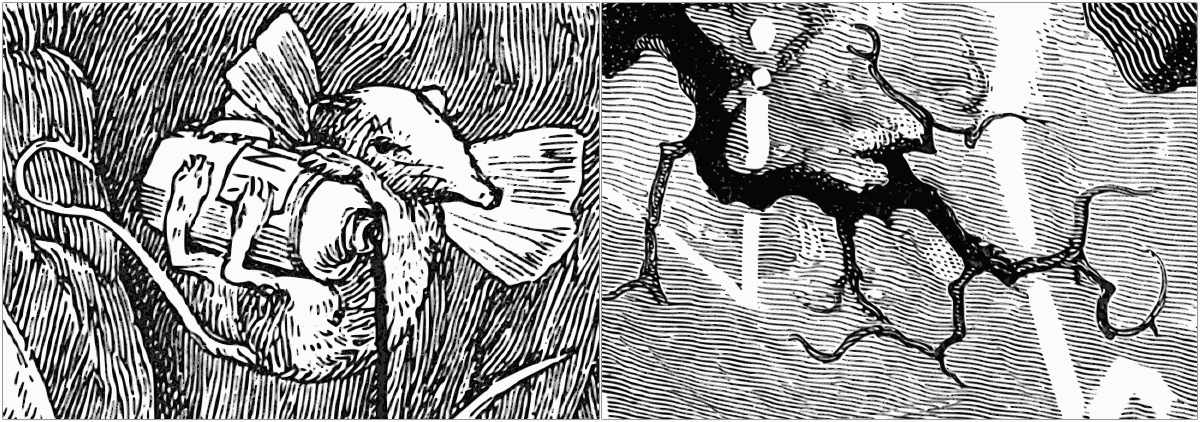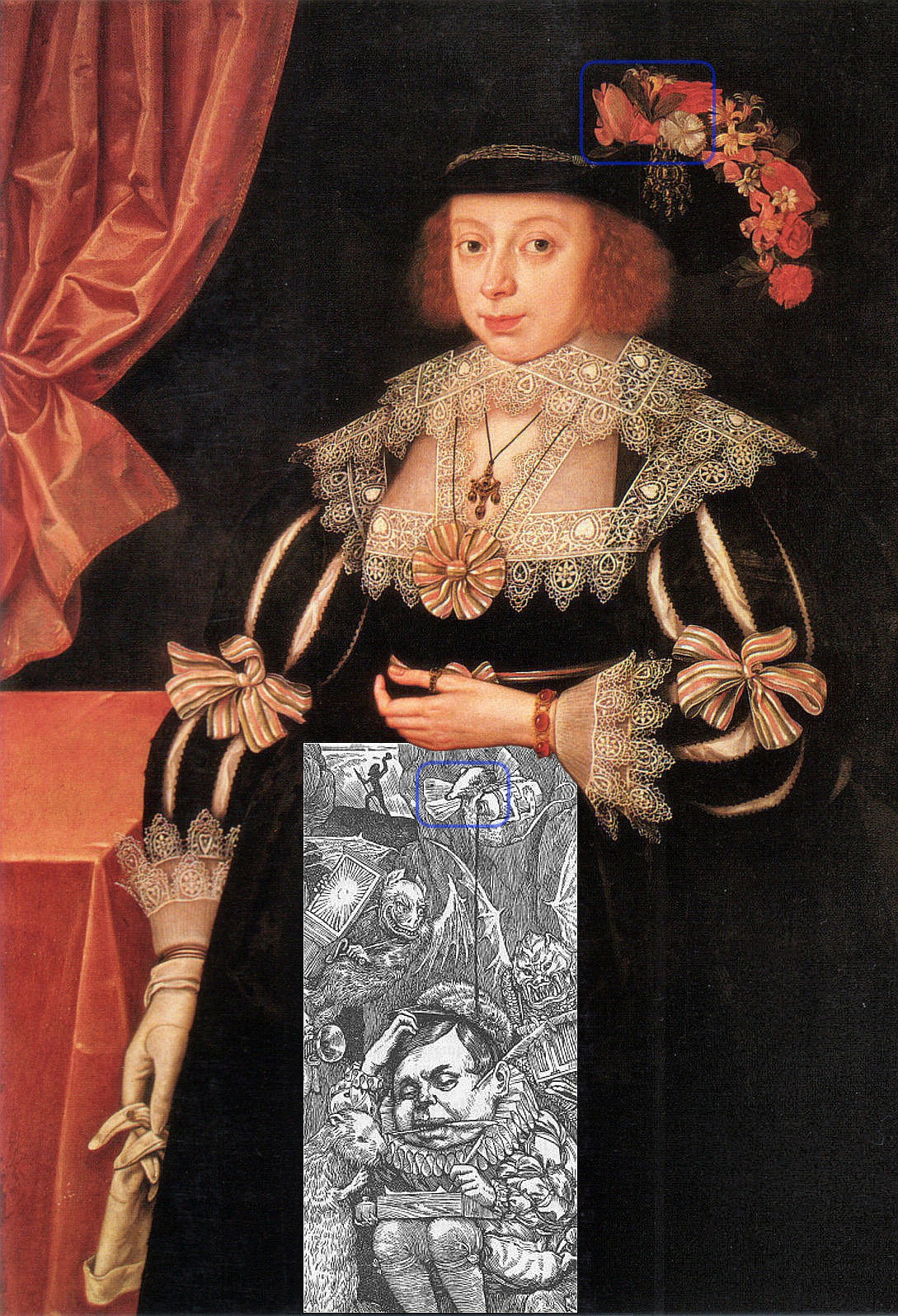Bycatch (but not mine):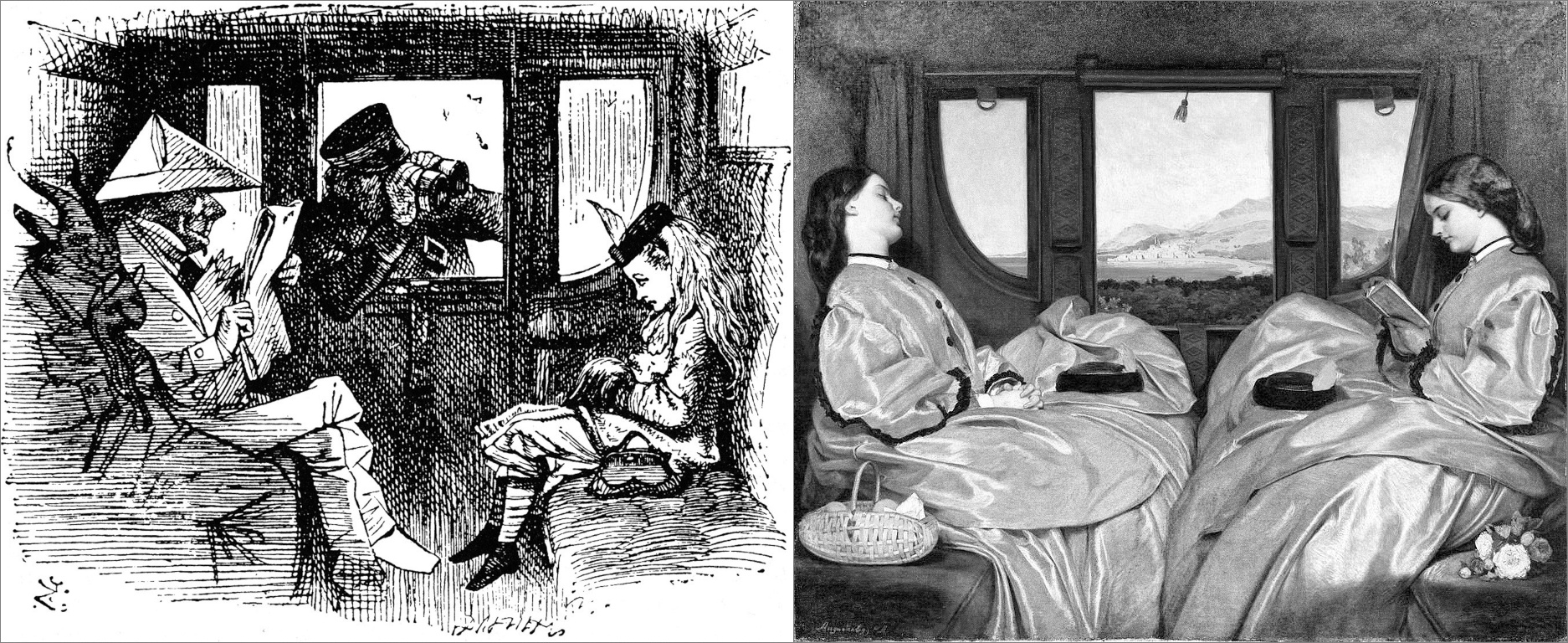
[left]: John Tenniel: Alice on the Train (1872)
[right]: Augustus Leopold Egg: The Travelling Companions (1862)
I found the comparison in preraphaelitesisterhood.com. If it is a pictorial reference at all, it might be a nice pun by Tenniel, but not as challenging as Henry Holiday’s conundrums.
Playing with the work of other artists could have been fun for John Tenniel too. (Of course another reason for such similarities always could be, that Holiday and Egg both referred an image by a third artist.)
2017-09-22, updated: 2025-08-17

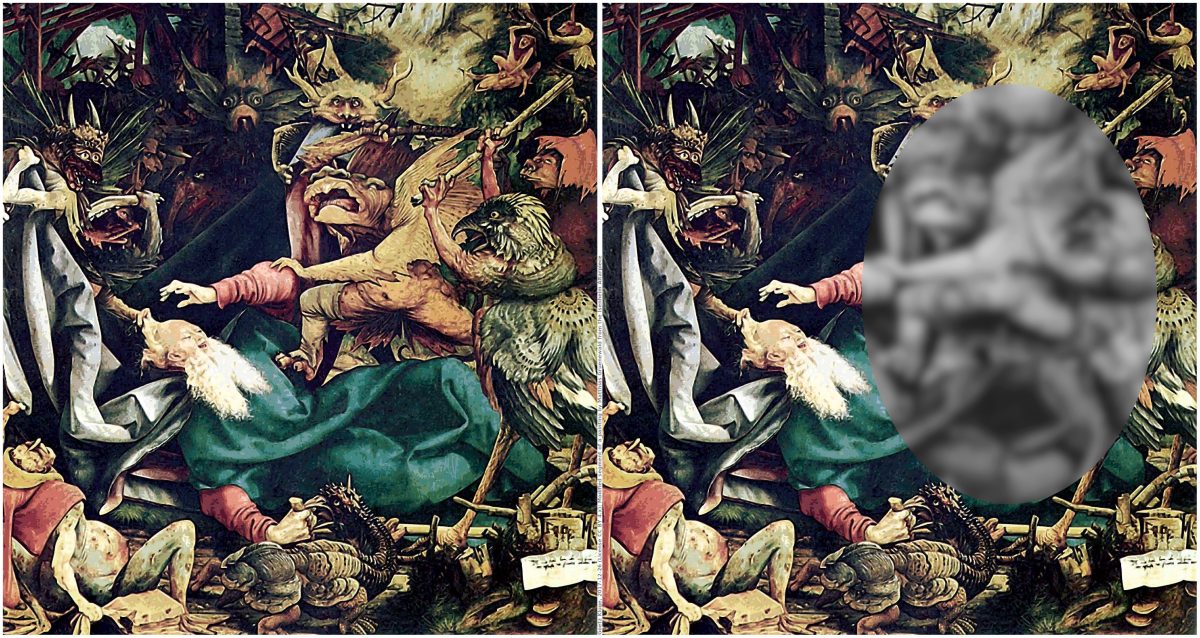
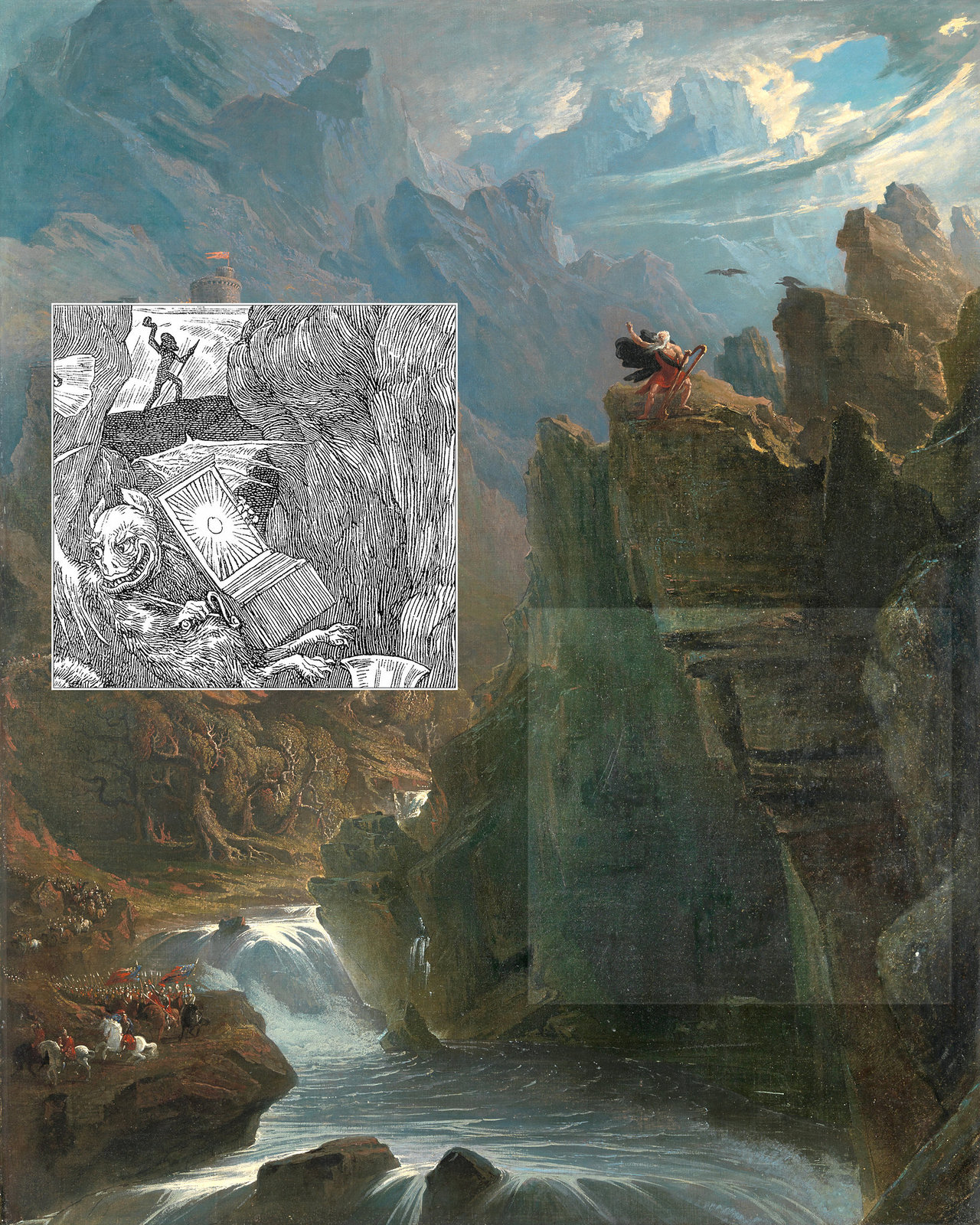
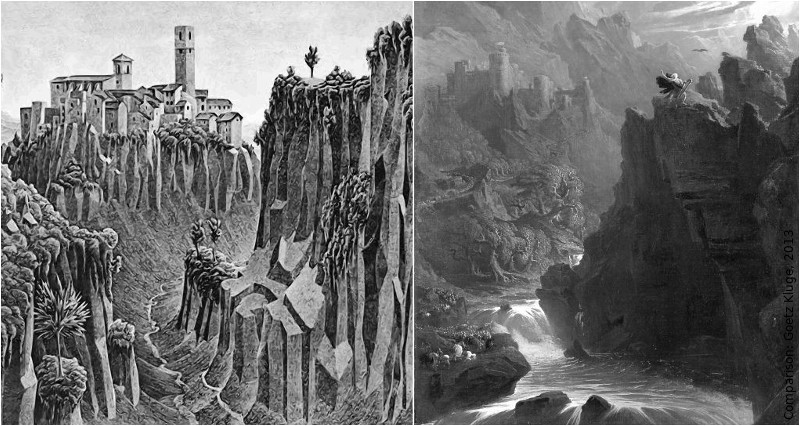

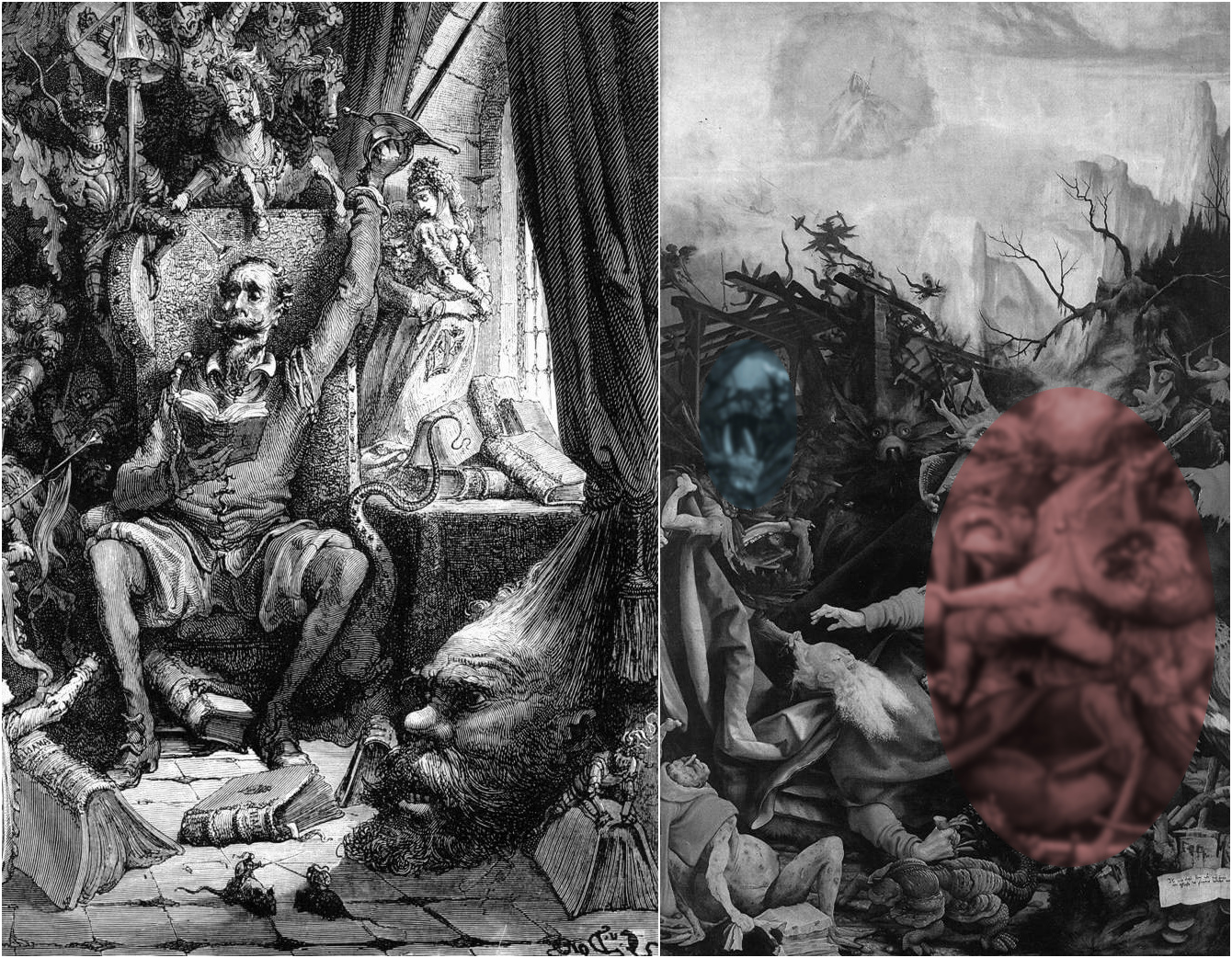
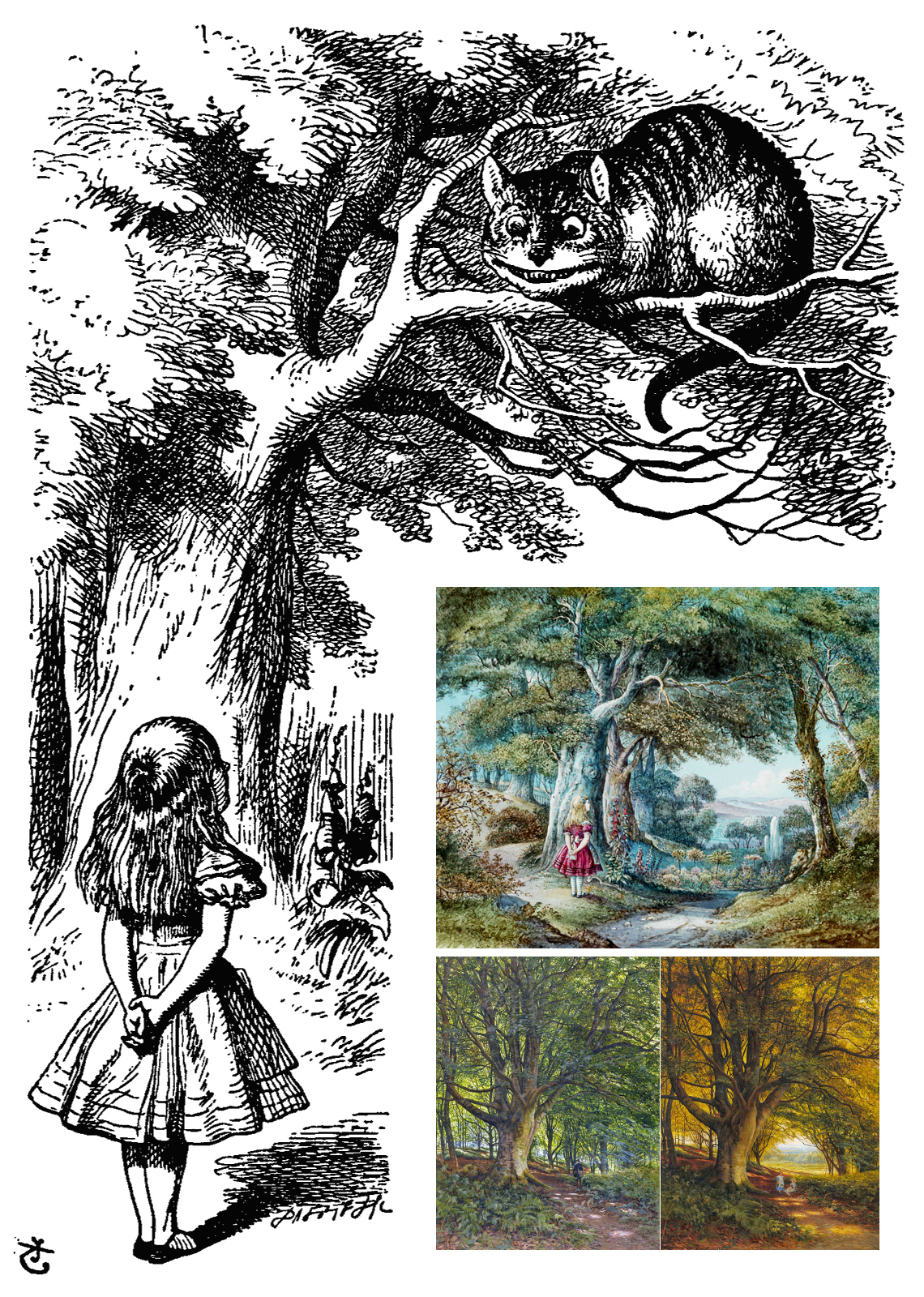
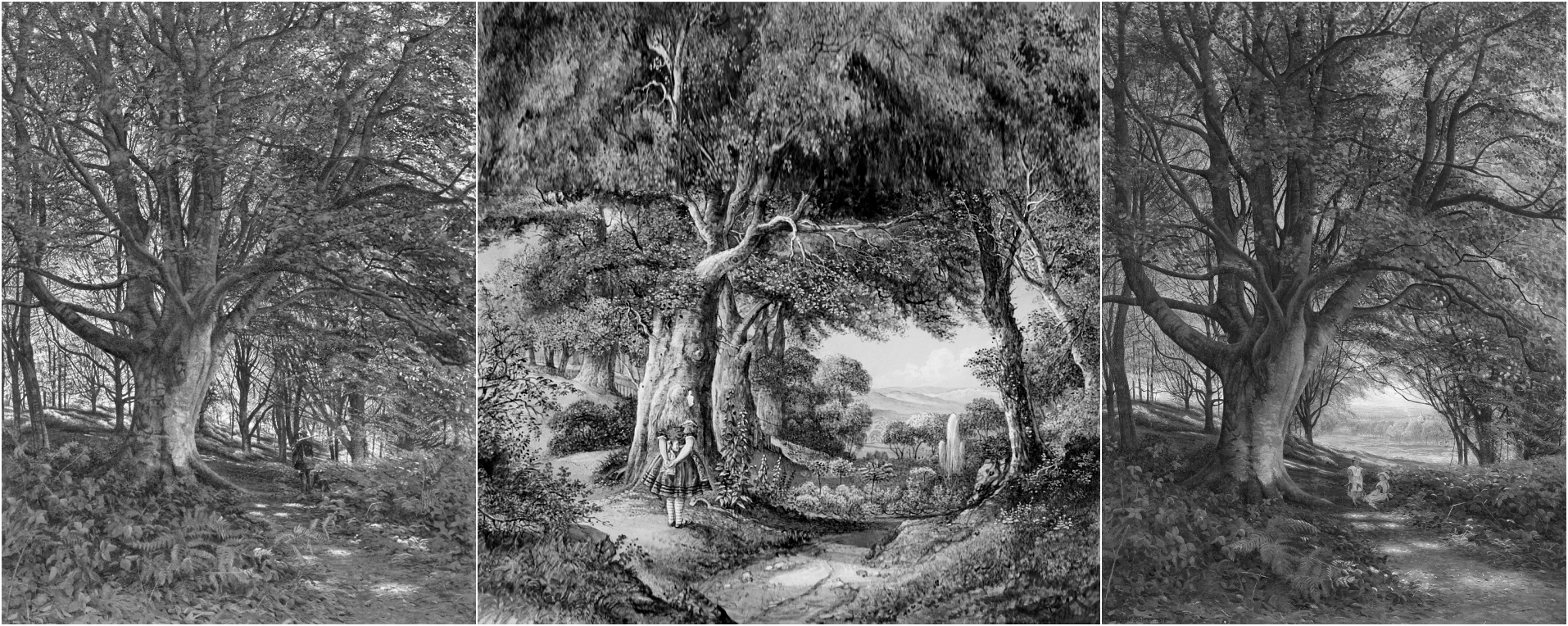
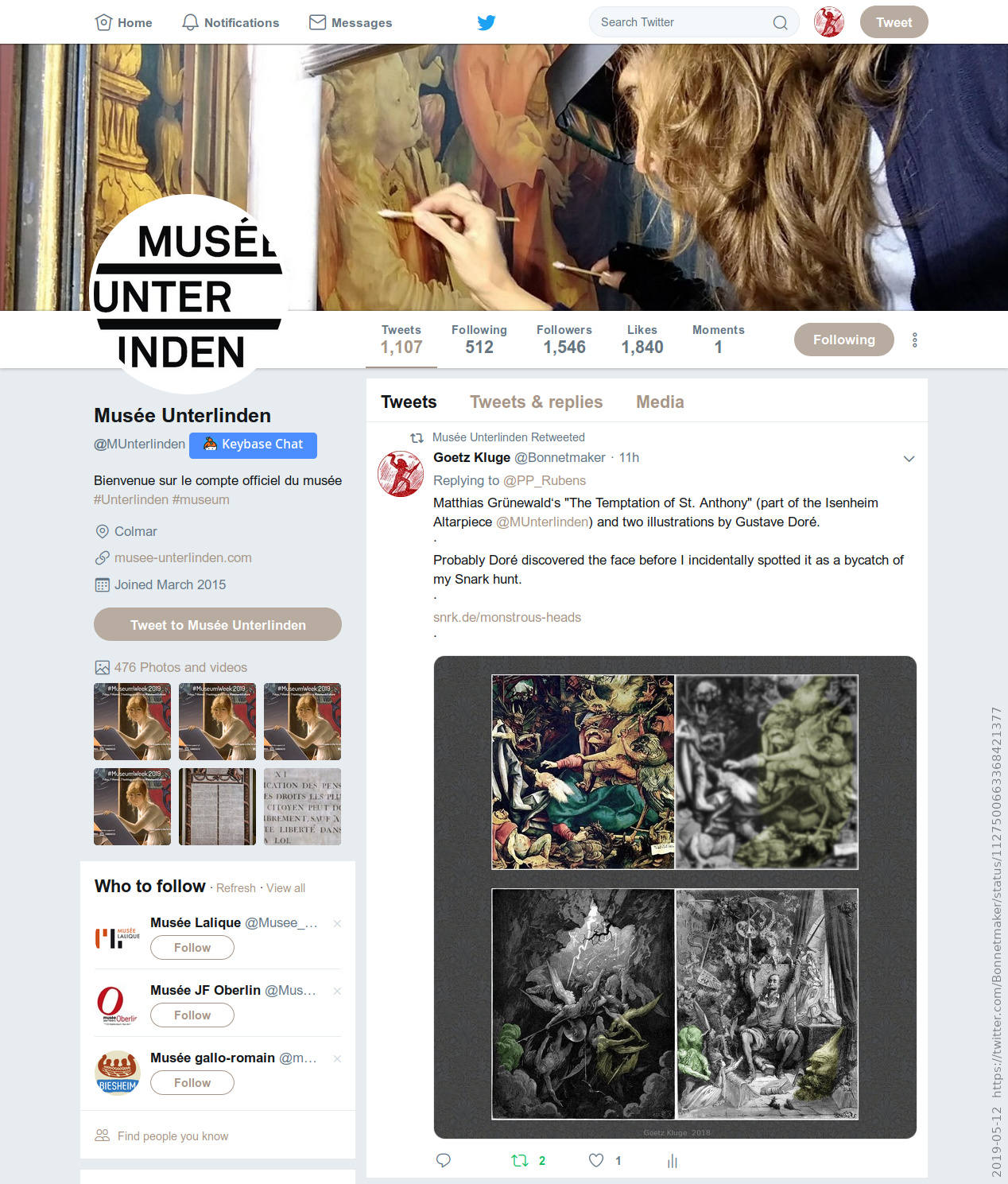
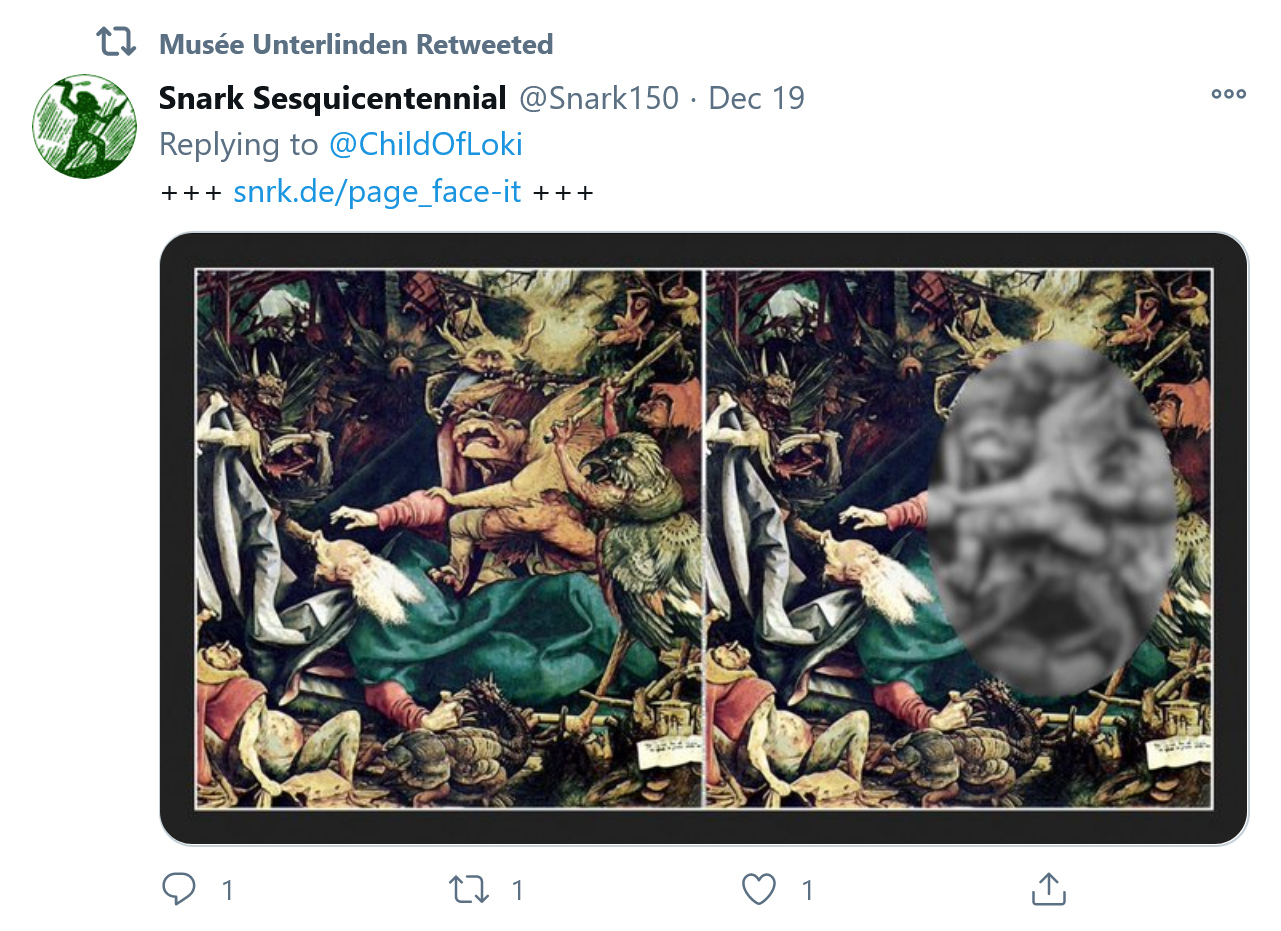
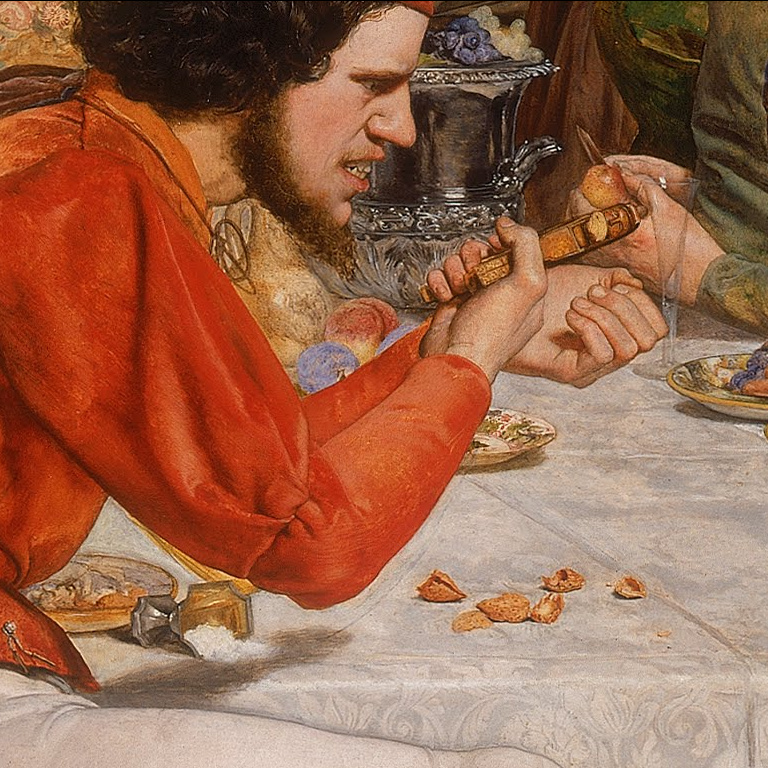

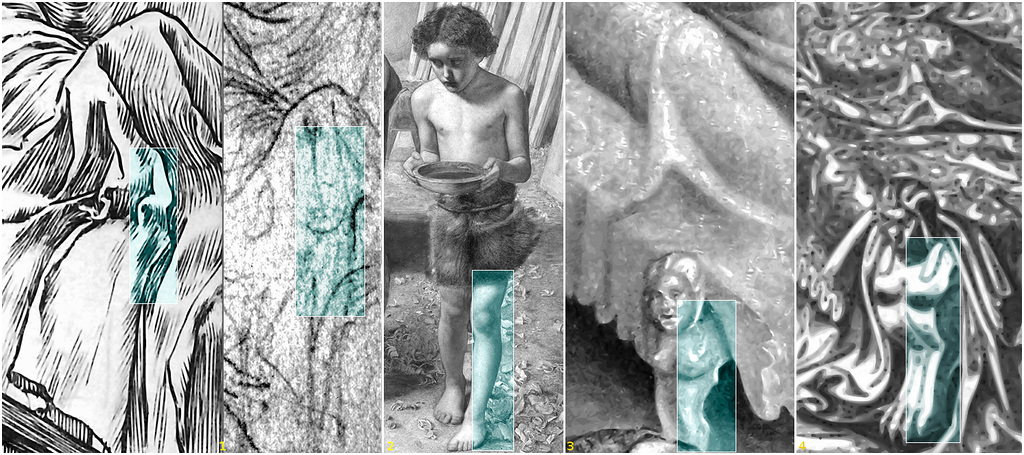
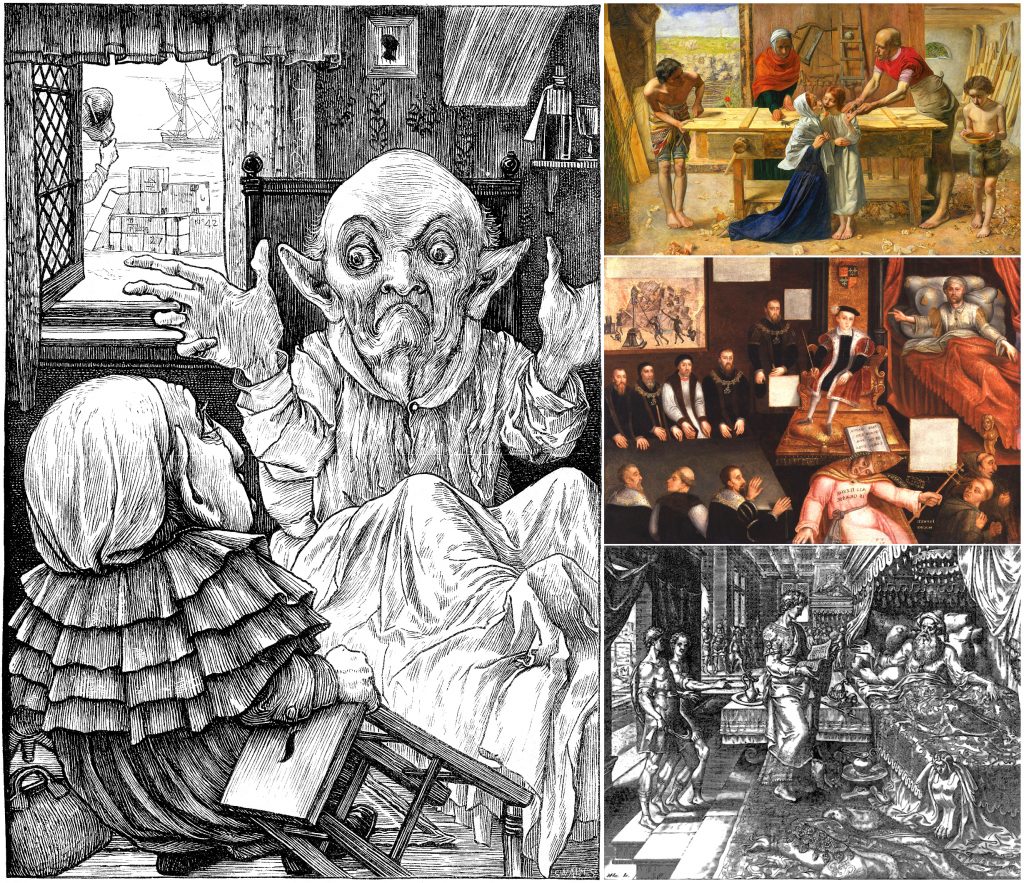
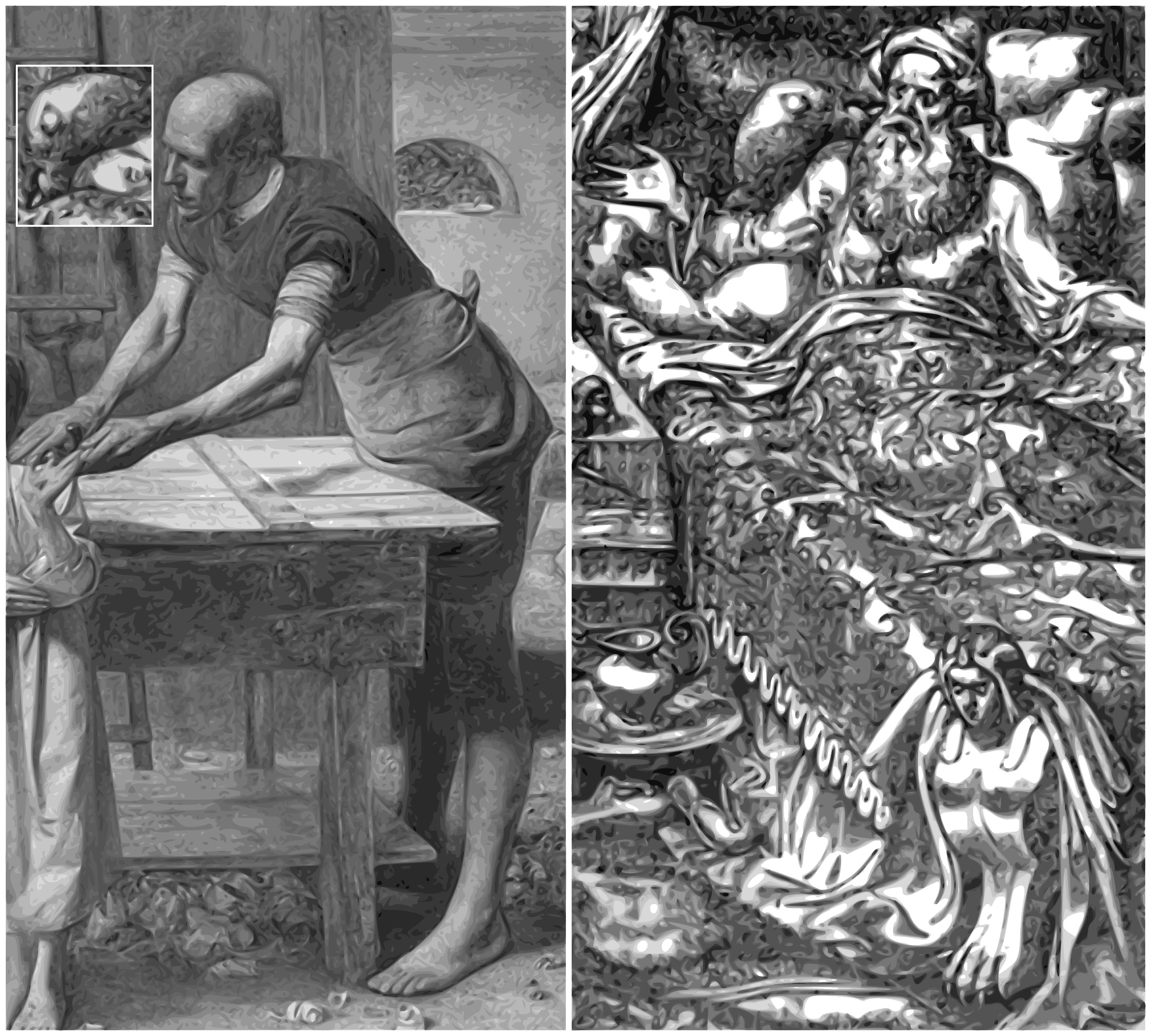
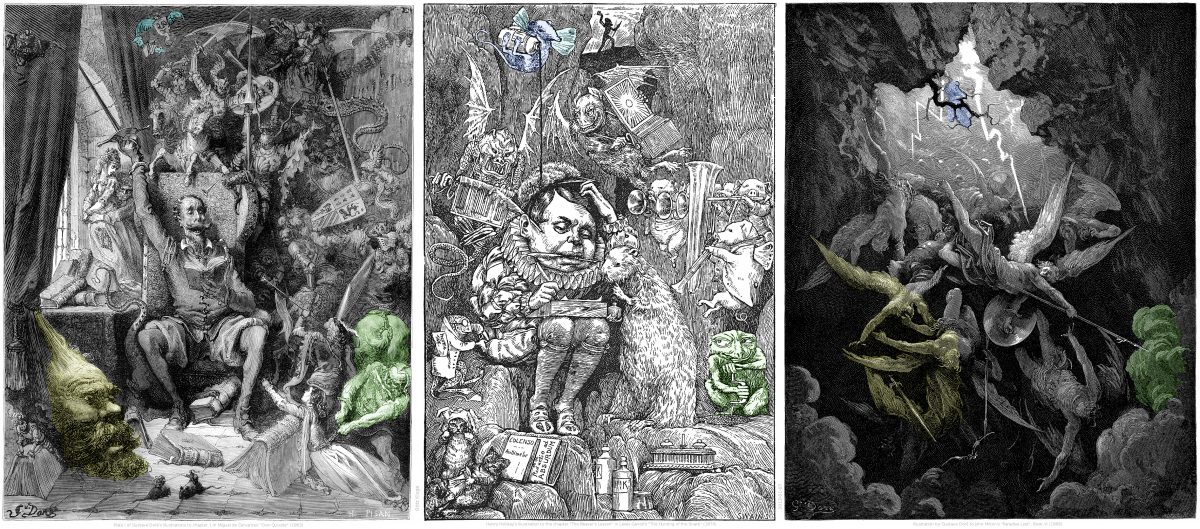 (
(